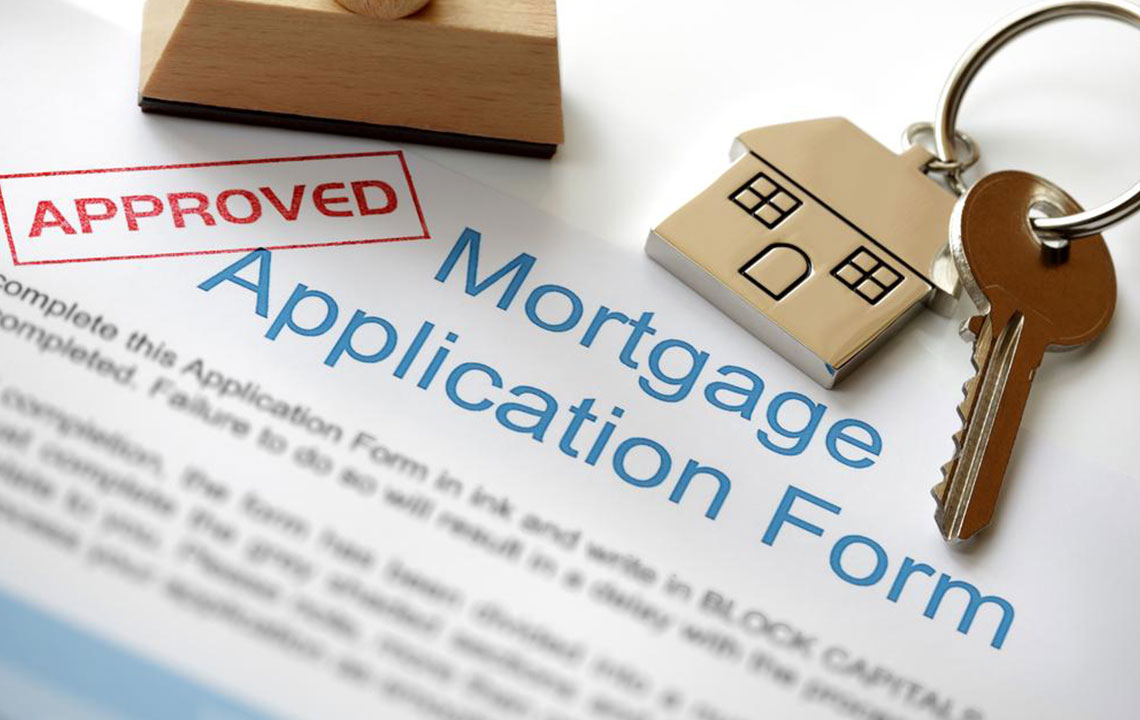Exploring Construction Loan Options for Home Builders
Learn about construction-to-permanent and stand-alone construction loans to make informed financing choices for your home building project. Understand how each option works, their benefits, and considerations for borrowers. This guide helps prospective homeowners navigate construction financing with ease.
Sponsored

Securing the right financing can be challenging when planning to build your dream home. Two primary types of construction loans are offered by lenders: construction-to-permanent loans and stand-alone construction loans. The construction-to-permanent loan combines both financing phases into one loan, converting into a mortgage after construction ends. Conversely, stand-alone construction loans are separate for construction and mortgage phases, requiring borrowers to secure two distinct loans. Understanding these options can help you make informed decisions for your home construction project.
Essentially, construction-to-permanent loans bundle the financing, converting into a mortgage post-construction. Stand-alone loans are independent, with separate approval processes for each phase.
Construction-to-permanent loan: Borrowers pay interest only during construction, with rates influenced by market variations and Fed policies. After construction, the loan becomes a traditional mortgage, with terms depending on the lender’s criteria and borrower’s credit profile.
Stand-alone construction loans: Ideal for those with significant funds for a down payment or planning to sell their current home. This option involves obtaining separate loans for construction and the mortgage, with rates and approval conditions determined after construction completion. A change in financial circumstances can affect mortgage approval upon project completion.






